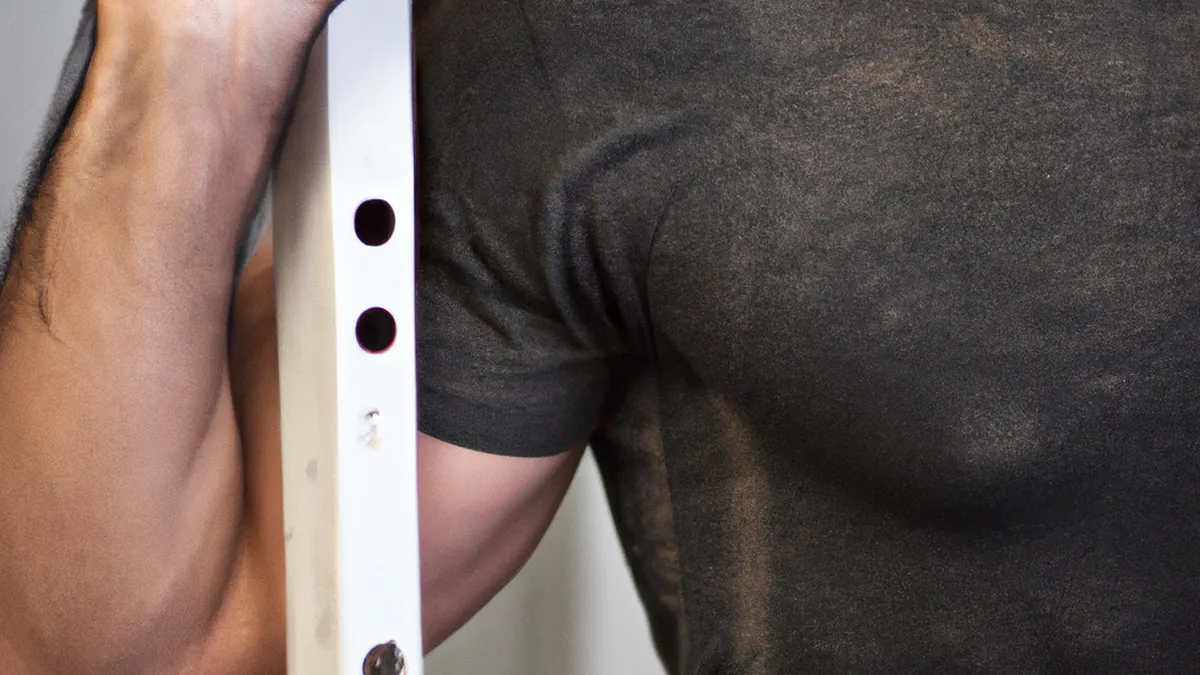Isolation Lifts: Sculpting for Aesthetics
Balancing Compound vs. Isolation LiftsStrength training includes two main exercise types: compound lifts and isolation lifts. Balancing these exercises optimizes your workouts. This post explores their differences, benefits, and practical tips for your routine.
What Are Compound Lifts?
Compound lifts engage multiple joints and muscle groups. They work several muscles simultaneously, making them efficient. Examples include squats, deadlifts, and bench presses. These exercises require more energy, leading to significant fitness gains.
Benefits of Compound Lifts
1. **Efficiency**: Compound lifts target multiple muscles, allowing you to achieve more in less time. 2. **Increased Strength**: They enable heavier weights, promoting greater strength gains.3. **Functional Fitness**: These lifts mimic everyday movements, enhancing your functional strength.
What Are Isolation Lifts?
As an Amazon Associate I earn from qualifying purchases.
Gear tip: consider compression socks, liquid chalk, and compression sleeves to support this topic.
Isolation lifts focus on a single muscle group. They involve one joint and effectively target specific muscles. Examples include bicep curls, tricep extensions, and leg curls. While they burn fewer calories, they play a vital role in muscle development.
Benefits of Isolation Lifts
1. **Targeted Muscle Development**: They isolate and strengthen specific muscles effectively.2. **Injury Prevention**: Strengthening weaker muscles helps prevent injuries.3. **Aesthetic Goals**: Isolation lifts effectively sculpt certain areas.
Tips for Balancing Compound and Isolation Lifts
Finding the right balance between these lifts is essential for a well-rounded workout. Here are some tips to help you.
1. Prioritize Compound Lifts
Start your workout with compound lifts. Use your energy on the most demanding exercises first. For example, complete squats before leg extensions. This maximizes strength gains and energy expenditure.
2. Schedule Isolation Lifts Wisely
Incorporate isolation exercises after your compound lifts. They provide a great way to finish your workout. For instance, perform hamstring curls after deadlifting. This method maintains balance and prevents muscle imbalances.
3. Adjust Based on Your Goals
Consider your fitness goals when planning your routine. If you aim for strength, prioritize compound lifts. If muscle definition matters more, allocate time to isolation exercises. Tailor your routine to match your objectives.
Advice for Progressing
To progress, regularly assess your routine. Track your lifts and adjust as needed. If you notice stagnation, vary your exercises. Adding new compound movements can present fresh challenges. Likewise, change isolation exercises to keep things interesting.
Incorporate Supersets
Supersets can enhance your workouts. Pair a compound lift with an isolation exercise. For example, follow a bench press with tricep extensions. This method boosts intensity and efficiency.
Listen to Your Body
Pay attention to your body’s responses. If you feel fatigued or sore, adjust your routine. Recovery is crucial for progress. Always allow your muscles adequate recovery time.
Benefits of a Balanced Approach
Balancing compound and isolation lifts offers several advantages. First, it promotes overall strength and muscle growth. Using both lift types enhances workout effectiveness. This balance improves performance in daily activities.Additionally, it prevents muscle imbalances. Compound lifts build foundational strength while isolation lifts allow targeted focus. This ensures even muscle group development. The result is a well-rounded physique and improved athletic performance.Finally, a balanced routine prevents boredom. Mixing compound and isolation lifts keeps workouts fresh and engaging. This variety motivates you to stay committed to your fitness program.
Conclusion
Incorporating both compound and isolation lifts into your training is essential for achieving fitness goals. Prioritize compound lifts for strength and use isolation lifts for targeted development. Assess your goals, listen to your body, and adjust your routine. With the right approach, you’ll improve strength, muscle growth, and overall fitness. Happy lifting!
Below are related products based on this post:
FAQ
What are compound lifts?
Compound lifts are exercises that engage multiple joints and muscle groups simultaneously. Examples include squats, deadlifts, and bench presses. These lifts are efficient and require more energy, leading to significant fitness gains.
What are isolation lifts?
Isolation lifts focus on a single muscle group and involve one joint. Examples include bicep curls, tricep extensions, and leg curls. While they burn fewer calories, they are important for targeted muscle development.
How can I balance compound and isolation lifts in my workout?
To balance these lifts, prioritize compound lifts at the beginning of your workout when you have the most energy. Schedule isolation lifts after compound exercises to maintain balance and prevent muscle imbalances. Adjust your routine based on your specific fitness goals.















Post Comment